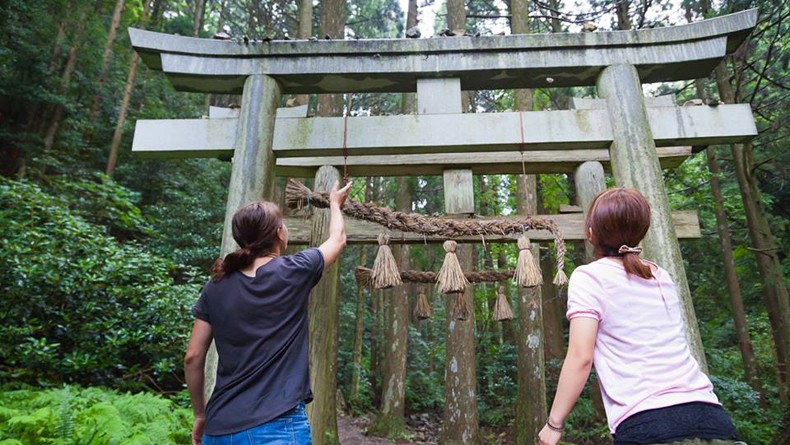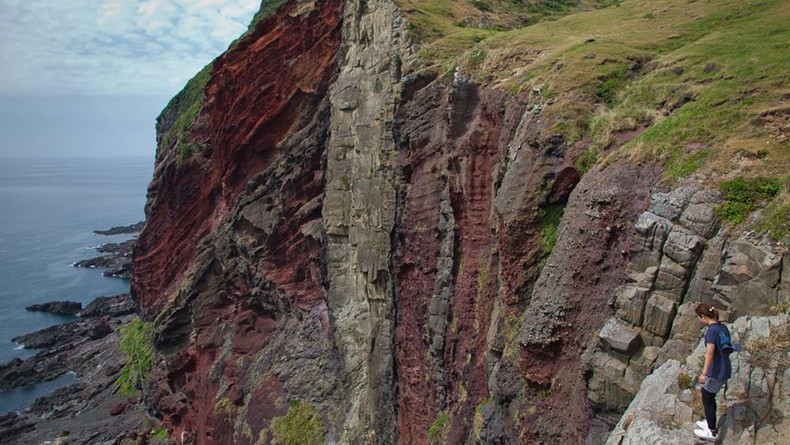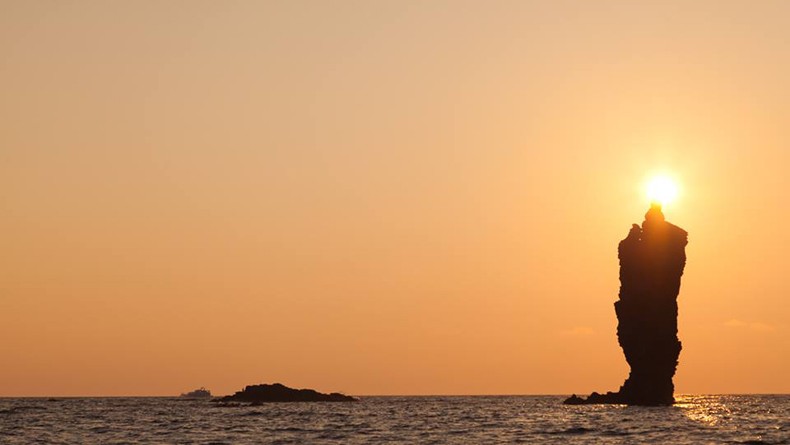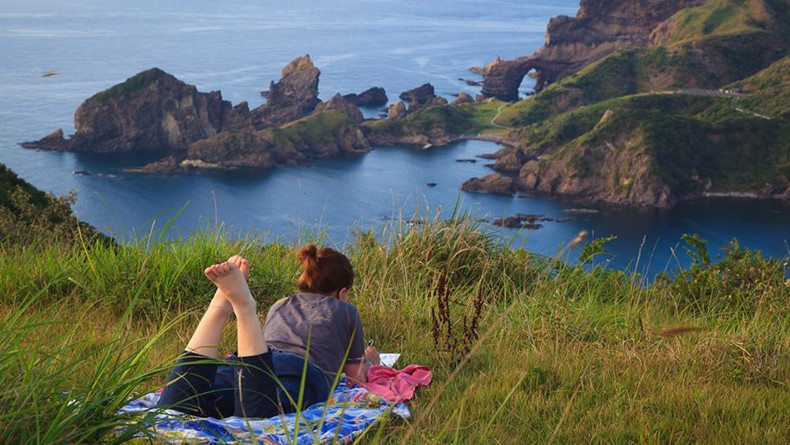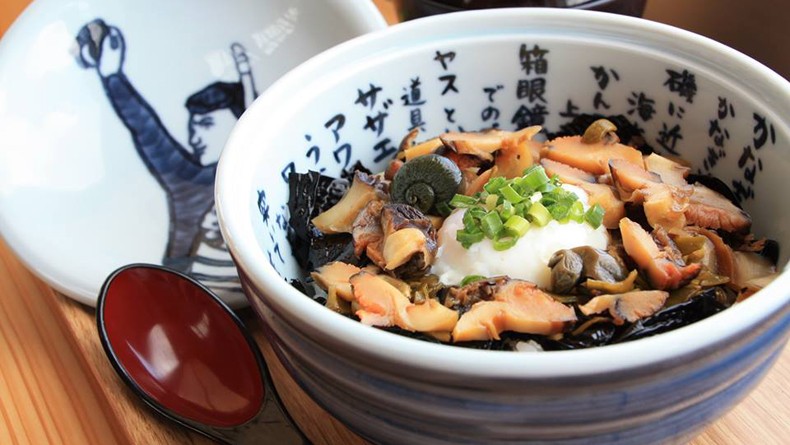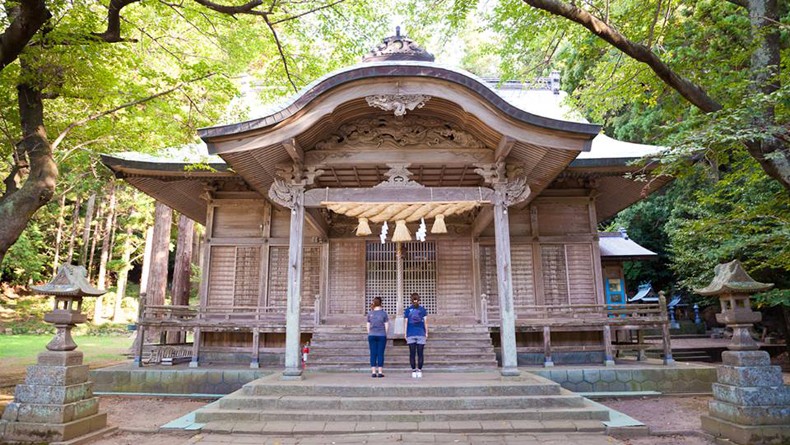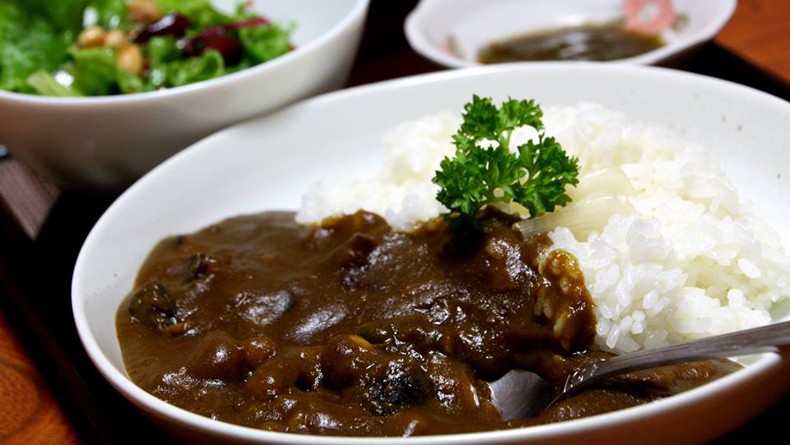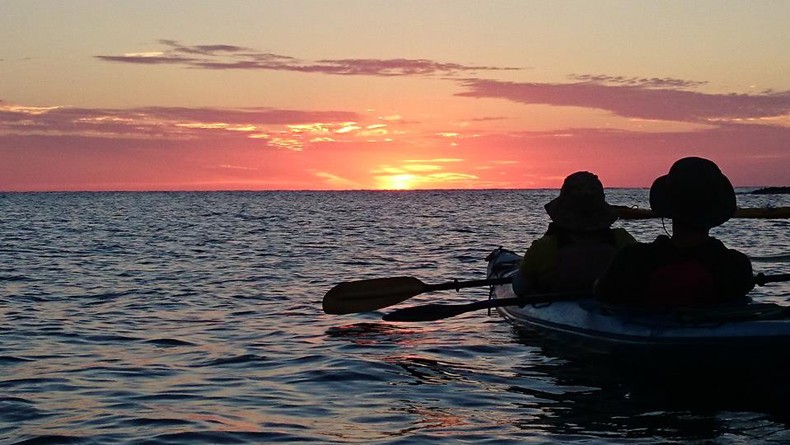Rich Land, History and Culture in the Oki Islands
Spectacular views, horses and cows grazing in the distance, fascinating rock formations and delicious seafood are just some of the things you can find on the Oki Islands. But probably not many people even know where they are! In fact, when I was invited there I had to do a bit of research myself, but these islands located in the Sea of Japan (part of Shimane Prefecture) are an incredible discovery far away from the bright lights of the big city, a perfect little retreat full of history, culture and stunning scenery. Following on from my previous article on diving off the Oki Islands, here's a look at what they are like out of the water.
History and Culture
The Oki Islands are four large inhabited islands and around 180 smaller uninhabited ones, with Dogo Island (Okinoshima) being the largest, followed by the Dozen Islands that include Nishinoshima, Nakanoshima and Chiburijima. Tens of thousands of people were exiled here between the 8th and 18th centuries including ex-emperors Go-Toba (whose burial mound is located on the island of Nakanoshima) and Go-Daigo. The islands were also a key stop on the trade route between Japan and mainland Asia, while archaeological evidence shows that humans lived on them as far back as around 3,000 B.C. They are mentioned in the ancient chronicles Kojiki and Nihonshoki as part of a story on the creation of the eight islands of Japan, of which the third island is called Oki.
The Geopark
In 2013 the Oki Islands became part of the Global Geoparks Network backed by UNESCO. The Geopark is an area of geological sites with scientific or aesthetic value, working to preserve and celebrate the land, nature, history and culture of the people on the islands. It includes the Oki Islands themselves, as well as one kilometer of sea area from the coastline. This takes into account the islands’ rich marine life and prominent fisheries industry. Through Geoparks we can find out how geohistory, ecosystems and lifestyles are connected and discover more through environmental conservation, education and other events. The Oki Islands Global Geopark gives you a chance to see up close some incredible natural and cultural landscapes, learn about biodiversity, endemic species, topography and culture, and take part in a range of activities including sea kayaking, tool crafting and geo-hiking tours. Seminars are held and experts are invited to give talks to promote sustainable social and economic development, while environmental protection efforts are underway through activities such as removing invasive species.
Fun in the Outdoors
There is so much to see and do in the four Oki islands. Stop off at the Shirashima Coast Lookout and take an easy stroll to see the white rocks there. You might also want to visit Rosoku-jima, or Candle Island, a tall rock that becomes a giant candle as the sun goes down. Sightseeing boats that depart just before sunset offer some impressive views. The Kappa Sightseeing Boat takes you on a short cruise along the Yabi River and Saigo Harbour where you’ll have a chance to see some unique spots in the town. Discover rich forests and ancient shrines at the Dangyo-no-Taki Waterfalls, a “power spot” of Dogo Island On Nakanoshima, cycle or drive to the Akiya Coast for a picnic or some swimming. Stop off at Oki Shrine along the way.
If you find yourself on Chiburijima, go to the top of Mt. Akahage for the panoramic view of the Dozen Caldera, before making your way down to the spectacular Sekiheki or Red Cliff. Make sure you stop off at Kawai Spring to fill your bottle with fresh spring water. On Nishinoshima, visitors can also go fishing, snorkelling or sea kayaking, hire electric bikes and go cycling, try a pottery class, or visit some museums or shrines. One of the most famous spots on the Oki Islands is the Kuniga Coast, with its unique cliffs and arches created by the waves and wind. Explore the coast on foot along the impressive hiking course, or from a sightseeing boat. You can also visit Takuhi Shrine, a“power spot” located inside a cave part-way up Mt. Takuhi.
Eating and Drinking
The fresh seafood on the Oki Islands is not to be missed. Be sure to sample the sazae (turban shell) curry, sazae don (turban shell rice), Oki beef (only available at the Oki Beef Restaurant on Nakanoshima), and the different types of sake including Issoko, which is made from seaweed. Nishinoshima has a number of restaurants and cafes to choose from, including Nagato Cafe, which serves daily lunch specials of fish, chicken, pork and beef, as well as turban shell curry, all made with ingredients fresh from the land and sea. Enjoy some beautiful sea views while you indulge in turban shell, rainbow scallop, rock oyster and abalone at Oki Seaside Hotel Tsurumaru, or sit outside and enjoy a sashimi lunch at Nishiwaki Fish Shop. In the evening head to Miyako (local izakaya) and join the locals for some great homemade local specialties and a few drinks. The Endo family will welcome you at La Cigale Cafe in Okinoshima and offer pizza, curry, meat patties, salad and dessert, while in the evening head to Seano for dinner and drinks. It’s a warm and friendly place serving small dishes of chicken, prawns in sweet chilli, local Oki sake, and delicious salads.
Where To Stay
Fukuro is a traditional Japanese inn (minshuku) on Nishinoshima. It’s a friendly family-run place on the waterfront with basic rooms containing a TV, kettle, futon bedding, and wifi. Dinner and breakfast (food includes, among others, rice, miso soup, fish, squid, shellfish (turban shell), pickles, salad and green tea) are provided. Michizaka is a spacious and family-run minshuku in Okinoshima with a huge room where guests eat dinner and breakfast. A bath can be run for you in the evening. Nadagiya is another type of traditional Japanese inn called a ryokan, about two minutes from Saigo Port. It’s an old building with tatami straw mats and paper doors. Breakfast is available.
Other places to stay include the Oki Seaside Hotel Tsurumaru on Nishinoshima. It’s a complex with its own yacht harbor, where guests can enjoy views of the ocean from Japanese-style rooms. The restaurant offers some extremely fresh seafood such as turban shell and rainbow scallop, as well as conventional dishes for those wanting something a bit less challenging. Tsukudaya, in Okinoshima, is a guest house with traditional Japanese rooms and a kitchen that guests are free to use. The owner, Saki-san, also offers fishing trips or tours and can put you in touch with kayaking instructors. You can also cook with her, using fresh local ingredients.
The Deets
Getting There: Flights are available with JAL, ANA and SKJ. The ANA and SKJ flights go from Tokyo’s Haneda Airport to Yonago Airport in Tottori Prefecture. From here, take a taxi or bus to Shichirui Port (or taxi, bus or train to Sakaiminato Port) where high-speed and slower ferries go to both Dozen and Dogo areas of the Oki Islands. The JAL flights go to Oki Airport on Dogo via Osaka (Itami Airport) and Izumo (Izumo Airport). Ferries from any one of the four Oki ports takes visitors back to Shichirui Port or Sakaiminato Port.
Getting Around: The best way to get around the Oki Islands is to hire a car. There are rental car companies on each island. Make sure you book a car in advance. For more information, click here. Diving schools offer pick-up and drop-off services if you ask in advance. You can use the scheduled sightseeing bus and boat tours (April through October) in Nishinoshima. There are rental bicycles (standard or electric-assist) which can be rented at the ports. If you like walking, you can explore the islands on foot.
More Information: For further details, contact the Nishinoshima Tourism Office. For non-Japanese speakers, Nicola Jones, who works at the tourism office, can help arrange accommodation and transport. For further details on the Geopark, contact Teresa Sadkowsky at the Oki Islands Global Geopark. Please also check out my previous article on diving off the Oki Islands for further information!

